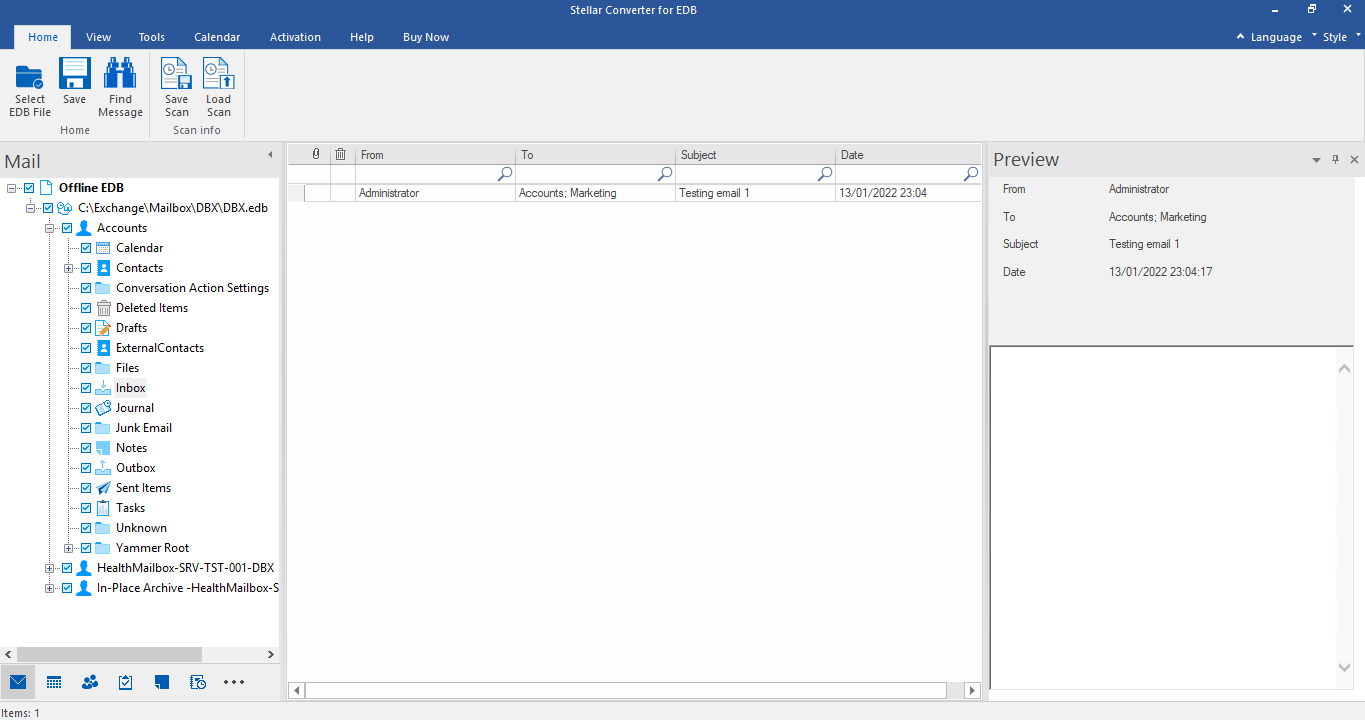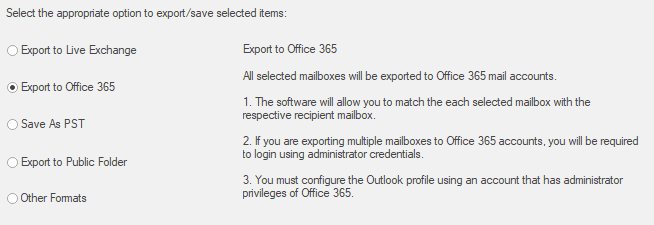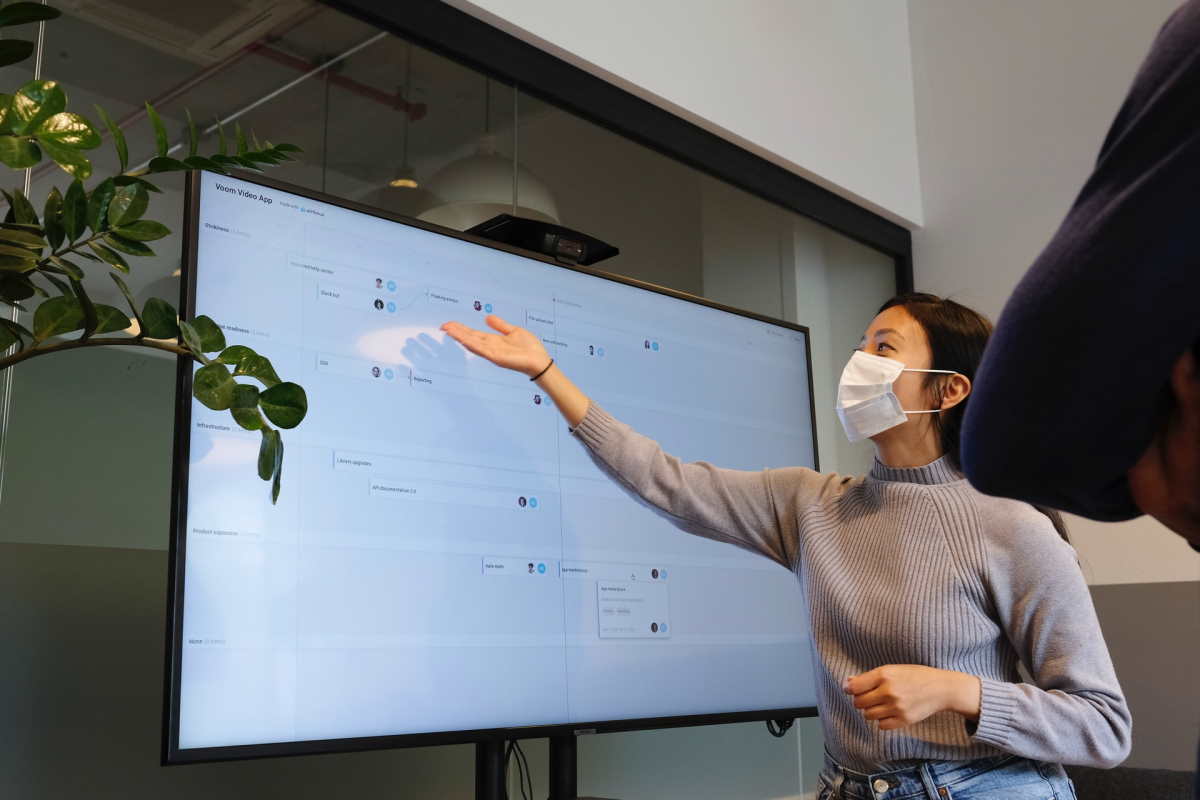In the modern workplace, collaboration is the engine that drives innovation, efficiency, and growth. However, fostering an environment where team members can work together seamlessly requires more than just good intentions.

It necessitates the right tools—specifically, communication platforms tailored to meet the unique needs of each team. In this regard, custom communication platforms are excellent in enhancing effective team collaboration. They bridge the gap between diverse work styles, locations, and tasks.
This article discusses how custom communication platforms can be leveraged to maximize team collaboration, exploring their benefits, features, and implementation strategies.
The Rise Of Customizable UCaaS
Unified Communications as a Service (UCaaS) is revolutionizing the way teams interact. By offering a customizable platform, UCaaS ensures that communication tools can be tailored to fit the unique workflow and requirements of any team. This adaptability enhances efficiency and fosters a more cohesive work environment.
With features like instant messaging, video conferencing, file sharing, and real-time collaboration tools integrated into a single platform, teams can communicate and collaborate more effectively than ever before.
Benefits Of Custom Communication Platforms
Customizable UCaaS offers a myriad of benefits in maximizing team collaboration that effectively addresses the diverse and evolving needs of modern workplaces. Here are several key advantages:
- Tailored Solutions: Custom platforms can be designed to meet the specific communication and collaboration needs of a team, incorporating features and workflows that align with the company’s operational processes.
- Enhanced Communication: By integrating various forms of communication—such as instant messaging, video calls, and file sharing—into a single platform, team members can communicate more effectively.
- Improved Remote Collaboration: With the rise of remote and hybrid work models, custom communication platforms are essential for connecting distributed teams. These platforms can include features like virtual whiteboards, real-time document editing, and project management tools that support seamless collaboration, regardless of physical location.
- Integration with Existing Tools: Custom platforms can be built to integrate with existing software and systems used by the business, such as CRM, ERP, or project management tools.
- Scalability: As businesses grow, their communication needs evolve. Custom communication platforms are scalable, meaning they can be easily adjusted to accommodate new team members, additional features, or changing business requirements, ensuring that the platform remains effective over time.
- Enhanced Security: Custom platforms can be designed with advanced security features tailored to the specific needs and compliance requirements of a business. This can include end-to-end encryption, role-based access controls, and data residency options, providing peace of mind and protecting sensitive information.
- Data Insights and Analytics: Custom platforms can include analytics and reporting tools that provide insights into communication patterns, project progress, and team performance.
By offering tailored solutions that integrate seamlessly with existing workflows and scale with the business, these platforms are instrumental in maximizing team collaboration and driving success.

Maximizing Team Collaboration
Maximizing team collaboration with custom communication platforms involves strategic implementation and ongoing management to ensure that the platform effectively meets the needs of your team. Here are key steps and best practices to achieve this:
- Assess Team Needs And Workflow: Begin by understanding the specific needs, challenges, and workflows of your team. Identify the gaps in your current communication tools and determine what features are necessary to support effective collaboration. This might include real-time messaging, video conferencing, project management tools, or integration capabilities with other software.
- Customize The Platform: Leverage the flexibility of custom communication platforms to tailor the features, user interface, and integrations according to your team’s requirements. This could mean configuring the platform to enhance workflow integration, implementing custom bots for automating routine tasks or enabling specific collaboration features that support your team’s way of working.
- Ensure Seamless Integration: Integrate the custom communication platform with existing tools and systems used by your team, such as email, calendars, CRM, and project management software. Seamless integration ensures that information flows freely between systems, minimizing disruptions to the workflow and reducing the need for switching between applications.
- Train And Support Your Team: Provide comprehensive training for your team on how to use the new platform effectively. This should include not only the basics of how to use the features but also best practices for collaboration and communication within the platform. Offer ongoing support to address any questions or technical issues that arise.
- Promote A Culture Of Open Communication: Encourage the use of the platform for both formal and informal communication. Create spaces or channels for social interaction, team announcements, and knowledge sharing. Promoting a culture of open communication can enhance team cohesion and make collaboration more natural and efficient.
- Monitor And Gather Feedback: Regularly monitor how the platform is being used and gather feedback from team members on its effectiveness and any challenges they face. This feedback is invaluable for identifying areas for improvement or additional features that could enhance collaboration.
- Iterate And Improve: Based on feedback and evolving team needs, continuously iterate and improve the platform. This might involve adding new features, tweaking existing functionalities, or changing how certain tools are integrated. An agile approach to platform management ensures that the communication tools grow and evolve with your team.
- Focus On Security And Compliance: Ensure that the custom platform adheres to relevant security standards and compliance requirements. Implement strong data protection measures, including encryption and access controls, to protect sensitive information and maintain trust within the team.
By following these steps, you can maximize team collaboration through a custom communication platform that is tailored to your team’s specific needs and flexible enough to adapt to changing requirements.
Takeaway
Custom communication platforms are essential for fostering seamless collaboration in today’s diverse and dynamic work environments, offering tailored solutions that meet the unique needs of each team.
By integrating various communication tools into a single platform, these systems enhance efficiency, support remote work, and promote a cohesive team culture.
The strategic implementation and ongoing adaptation of these platforms ensure they evolve with your team, maximizing collaboration and driving success in the modern workplace.



























